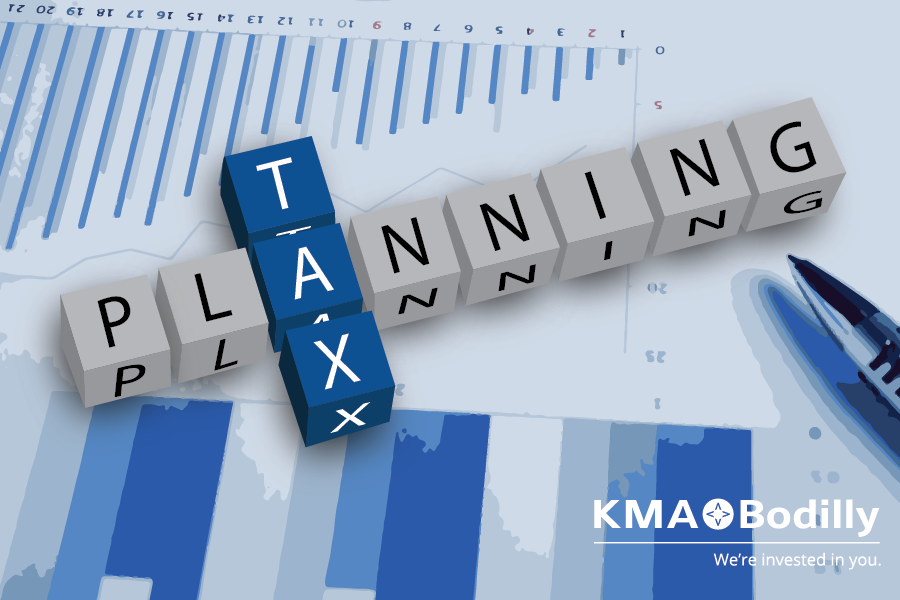What Taxpayers Need To Know About the Tax Cuts and Jobs Act
New Tax Cuts and Jobs Act
In the largest tax law overhaul since the Reagan administration, the passage of the Tax Cuts and Jobs Act in December 2017 significantly changes the way businesses and individuals are taxed. Although the corporate tax changes are permanent, the changes that affect individuals expire in 2025. As the 2018 tax year comes to a close, here’s what you need to know about how the new law will impact your finances.
Income Tax Reductions For Middle-Income Households
If you fall into this category, defined as households that earn $49,000 to $86,000, the nonpartisan Tax Policy Center estimates that you’ll see a reduction of about $930 on your 2018 income taxes. The next-highest tax bracket, those who earn an annual household income between $86,000 and $149,000, will see an average income tax cut of about $1,810.
Low-income households will typically see an increased tax refund. For example, a family of four making $30,000 in 2018 will get a refund of about $7,326 compared to $6,509 in 2017 according to the Tax Policy Center. Although the tax rates will rise each year between 2018 and 2015, these increases are less dramatic than in past years.
Because companies were encouraged by the IRS to update withholding amounts to reflect these changes as early as February 2018, you’ve likely already noticed some of the savings in the form of a higher paycheck.
Changes in Deductions Impact Homeowners
Taxpayers can still opt to either take the standard deduction or itemize their deductions when they file 2018 income taxes. However, the standard deduction has been increased from $6,500 to $12,000 for individuals and from $13,000 to $24,000 for married couples filing jointly.
Before 2017, homeowners significantly benefited from the ability to deduct mortgage interest, property taxes, and related costs. Under the new law, new limits have been placed on these deductions. The $1 million cap for mortgage interest deductions has been decreased to $750,000.
This change will be most impactful for those who own property in high-cost-of-living areas such as New York City and San Francisco. Most homeowners in more affordable areas will no longer itemize their deductions with the increased standard deduction. All deductions for state and local taxes have been capped at a total of $10,000, meaning you may owe more in those areas.
In the market for a new home? Analysts say these changes may result in lower housing prices, a boon for those looking to buy in the next year or two.
Other changes in this category include the elimination of moving expense deductions for non-military members and alimony deductions for those paying spousal support (but not for those receiving it).
Higher Alternative Minimum Tax Thresholds
With the Alternative Minimum Tax (AMT), high-income taxpayers are required to calculate their taxes twice: once under the standard deduction rules and once using the stricter AMT rules that eliminate most deductions. They would then owe the higher amount, a law originally passed to prevent the richest among us from avoiding tax responsibility.
Although early versions of the Tax Cuts and Jobs Acts eliminated the AMT (which increasingly impacts middle-class households), it has been retained for the present. However, the threshold for those subject to AMT has been raised from $55,400 to $70,300 for individual taxpayers and from $86,200 to $109,400 for married couples filing jointly. For example, if you are single and earned $65,000 annually in both 2017 and 2018, almost $10,000 of your income was subject to AMT last year but it no longer applies to you in 2018.
Perks for Parents
For 2018 to 2025, the child tax credit has been increased from $1,000 to $2,000. Last year, couples earning more than $110,000 annually were not eligible for this credit; moving forward, that threshold has increased to $400,000, meaning that more families will benefit. For individuals, the threshold has been increased from $75,000 to $200,000. However, a common exemption of $4,150 for each person and his or her dependents has been eliminated under these tax changes.
Parents may also benefit from changes to 529 savings plans that allow these tax-free funds to be used for K-12 private and parochial school tuition as well as for college and university. However, when used for elementary or high school tuition the limit is $10,000 per year and includes only tuition, while college students can use the funds for room, board, books, fees and other approved costs.
Lower Taxes For Freelance Workers
If you’re a sole proprietor with an independent business, you can benefit from a new 20 percent deduction aimed at freelance workers. This deduction applies specifically to business owners who “pass through” income and deductions from their endeavors to their personal income tax returns, a category that includes everyone from Uber drivers to freelance writers and web developers and beyond.
If you’re a sole proprietor or own an S corporation or partnership, you’ll likely have a much lower tax bill for 2018. If you aren’t sure what type of business you have but you work for yourself, the IRS treats you as a sole proprietor by default.
This deduction is not available for those who earn more than $157,500 annually as individuals or $315,000 for married couples filing jointly.
.
The bottom line? Although most taxpayers will save money under these new government tax laws, it’s important to talk to qualified financial professionals to find out how exactly the Tax Cuts and Jobs Act will apply to your specific situation and how their tax services can help save you time and money.


